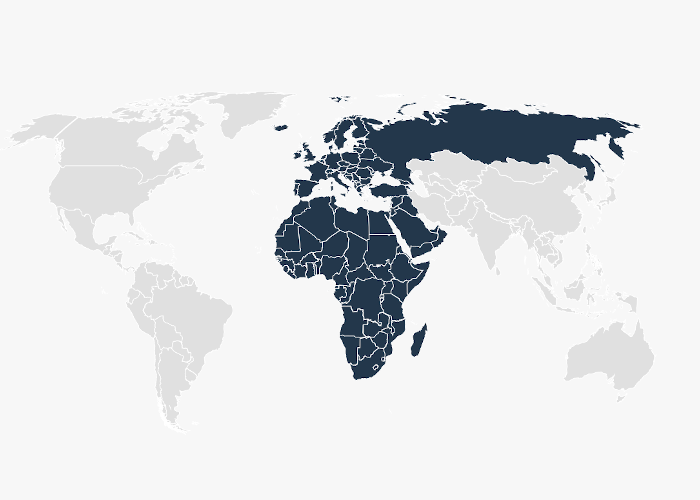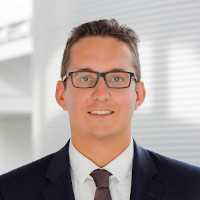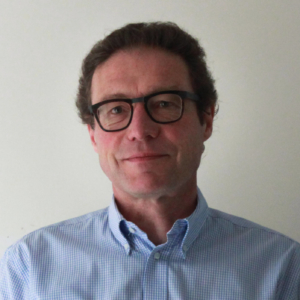Even if the technology emerged in Japan in 1980, the first patent describing “Additive Manufacturing” was filed by three French engineers working for CILAS ALCATEL a French laser power source manufacturer as soon as 1984. What remains of this prestigious legacy 40 years later?
Our discovery journey starts logically with the technology offer. In terms of hardware, there are mainly one Polymer SLS specialist (PRODWAYS collaborating with FARSOON) and one Metal PBF specialist (ADDUP, a joint venture company between FIVES and MICHELIN). PHENIX has been acquired by 3D Systems and lost autonomy already a long time ago. Nevertheless, since 2016, birthdate of ADDUP – proudly announced and cherished by the successive Industry Ministers – nothing significant happened on that scene. They propose one 350 mm model but some difficulties during market launch and a lack of differentiation against the incumbents limited their penetration to a confidential market share. Combined with the current economical conditions especially in Aerospace, one of the target verticals, this has triggered a significant 20 % workforce reduction in 2020.
On the software scene, ESI, a leader in digital simulation, and DASSAULT SYSTEMES (mainly involved through a marketplace initiative) are recognized players but, for them, 3D printing is only a topic among others in a broader scope of activities.
The growing segment of materials for 3D printing has seen more momentum in the recent past. ARKEMA, a world class chemical company has an ambitious strategy in high end polymers, visible through acquisitions like COLORADO POLYMER SOLUTIONS (resins for SLA) in 2020. Canadian metal powder specialist TEKNA had extended its existing French production activities by a new joint venture with MITTAL controlled APERAM steel specialist. Stuck in its Nickel production difficulties increased by the current aerospace slowdown, ERAMET powder metallurgy supplier remains a follower even if they claim a significant capacity in operations.
On the demand side, the industrial penetration remains a big players’ game. In aerospace, Safran – traditionally very much influenced by GE – has put in place an aggressive internal initiative to become a part producer especially for engines and AIRBUS is running a competence center dedicated to actively support its supply chain in this matter. This makes aerospace a key driver for 3D printing in the France, which is currently a drawback due to the post COVID-19 slowdown. SAFRAN for example was obliged to reduce some collaborative actions and focused on internal actions, nevertheless keeping the goal to launch in 2021 a dedicated Additive manufacturing center in Bordeaux addressing all topics from R&D to manufacturing through training (first stone laid in spring 2020). In November NAVAL GROUP military shipyard launched a mine hunter with a one ton WAAM self-printed large propeller.
All large industrial groups such as ALSTOM, SNCF, AIR LIQUIDE, ORANO or L’OREAL are actively looking at potential use cases and have implemented some of them. The indisputable flagship in this regard is definitely MICHELIN which is efficiently printing every year 1 million steel parts for tire molds in two dedicated factories. In automotive, the two French manufacturers are not as far advanced as their German competitors. But things could change on PEUGEOT side with the FIAT CHRYSLER merger and the recent strategy move towards added value and EV at RENAULT. Nevertheless, the effective penetration seems to be everywhere triggered by a strong prerequisite which is the achievement of a convincing paper-based business case before any investment. 3D printing learning cost cannot be mainly justified as being an investment in the future. Interestingly, all international 3D hardware, software and servicing players are seeing the French industrial market as disappointing and less active than other European ones like Germany, Italy, UK or the Nordic countries.
In this landscape the service bureau area remains limited in size and largely dependent on large industrial customers who are unfortunately more inclined to practice through purchasing policies rather than win-win collaborative approaches. The service players remain medium or small sized and they are subject to a significant consolidation trend: PRODWAYS acquired Initial already some time ago, ADDUP acquired POLYSHAPE EOY 2018 and SCULPTEO entered BASF portfolio beginning 2020.
In this context what is the role of the institutional environment? Back in 2014 the Ministry of Defense has ordered a strategic study to analyze the French situation and identify opportunities for actions from the public sector. This ministry has become and remains a significant innovation driver through research and purchasing contracts. The Ministry of Economy has pushed the emergence of a dedicated organization called “Alliance for Industry of the future” (AIF), another word to describe industry 4.0. This one is gathering 33 members, mainly industrial associations, and acts as a public/private partnership to coordinate the various initiatives and bring expertise to SMEs. At the beginning it proved to be a very useful forum to bring together all involved parties, but this role disappeared during the two last years. In addition, the government controlled economic development bank (BPIFRANCE) is financing corporate industrial projects through loans and research consortia through subsidies. Together with the regional councils, AIF is also managing a publicly financed expertise network with the goal to support 10,000 SMEs in their industry 4.0 deployment (therefore potentially including 3D printing).
The public sector is also very much involved though academic research and engineering schools. Here many competences are in place with a high diversity in size and visibility. The main finding is that there is no similar single expertise center like the German FRAUNHOFER INSTITUTE, the closest to this model being CEA (National atomic institute). As an example, when MICHELIN launched publicly funded SOFIA (“solutions pour la fabrication industrielle additive métallique”) research consortium, they had to partner with 9 different academic entities in order to gather all needed knowledge segments. This scattering of the public research organization appears to be a weakness. In this landscape some more applied research organizations are to be mentioned: CETIM (metal industries center of competence) and some Region financed “poles de compétitivité“ like Jules VerneIn Nantes, Materialia in Grand Est and Aerospace Valley in Bordeaux/Toulouse. The Additive Factory Hub launched beginning 2018 in Saclay (South of Paris) by several partners, which was supposed to become a technical center of reference for the industry, has been slowly ramping up and did not reached its objectives so far.
The leading role and influence capacity of French experts in the international work -performed by ISO and the European Norming Committee in cooperation with ASTM – to develop the new norms regarding additive manufacturing needs to be mentioned. The French regulating body has created a pilot norm regarding the industrial implementation of metal 3D printing and associated risks with the goal to be balanced enough to foster the industrial penetration in SMEs. Since France is – together with Germany and US – one of the proposing parties for new regulations, this national regulating document could have a more global translation in the near future.
All in all, there are good signs that the French “sleeping beauty” could wake up and the current COVID crisis has shown very interesting initiatives in this regard, especially from the public hospital group in Paris (APHP) and the armed land forces. Even with a part of hype they have the merit to give more visibility on the technology and they brought several industrial groups to a more efficient collaboration behavior than usual, showing a possible cure to an identified weakness.



